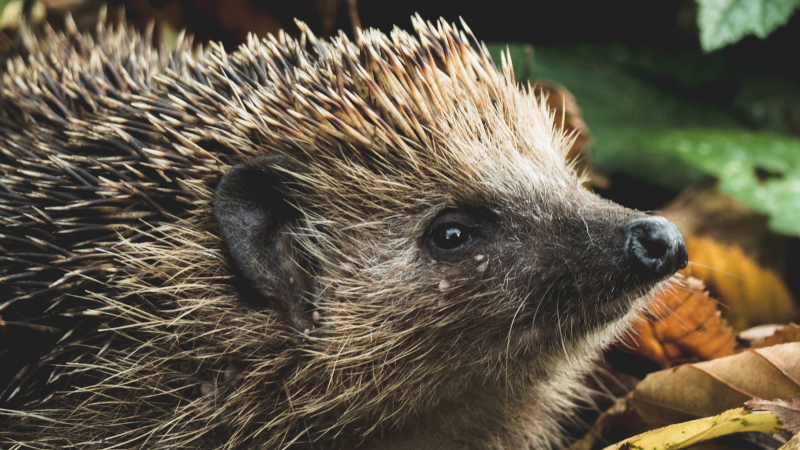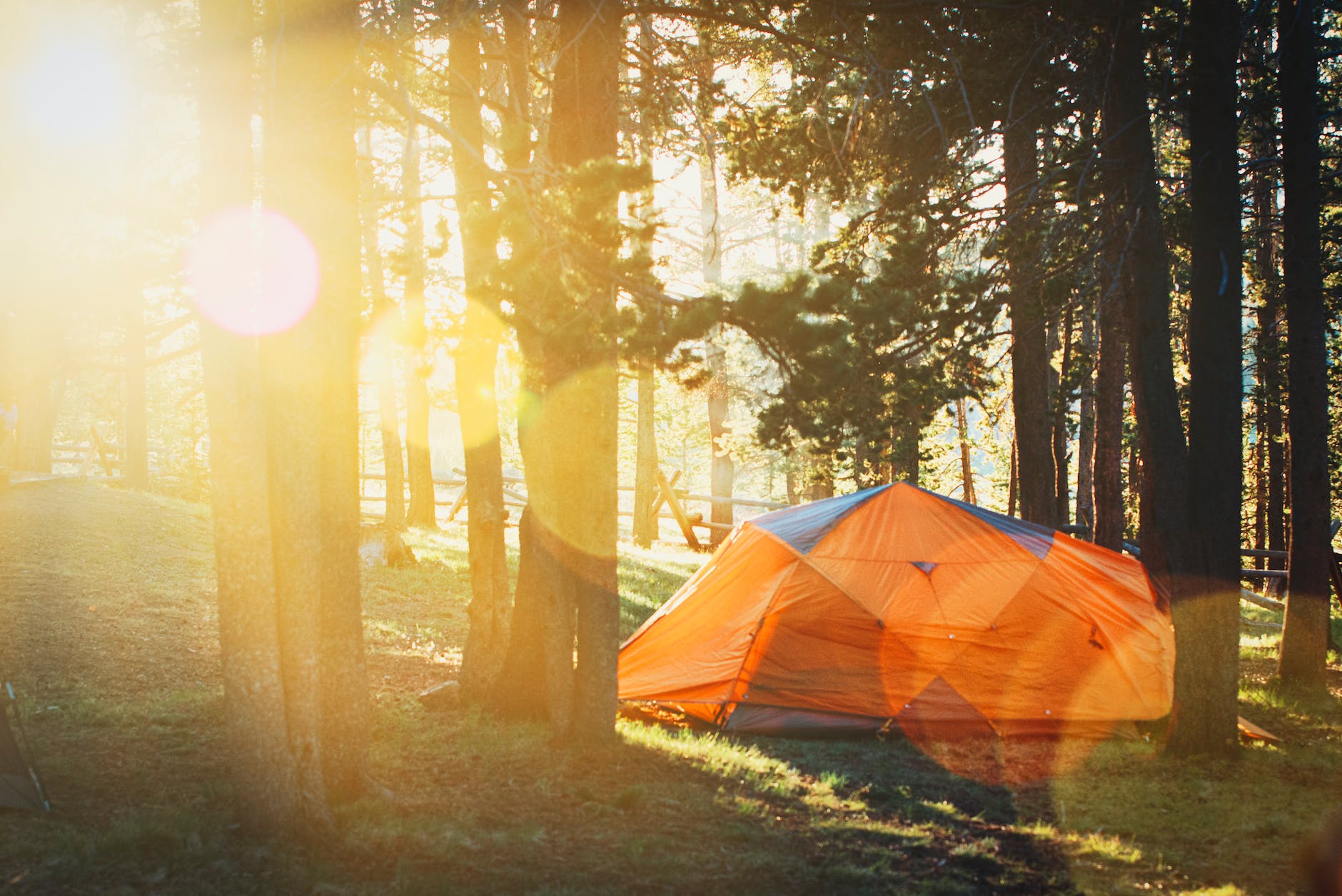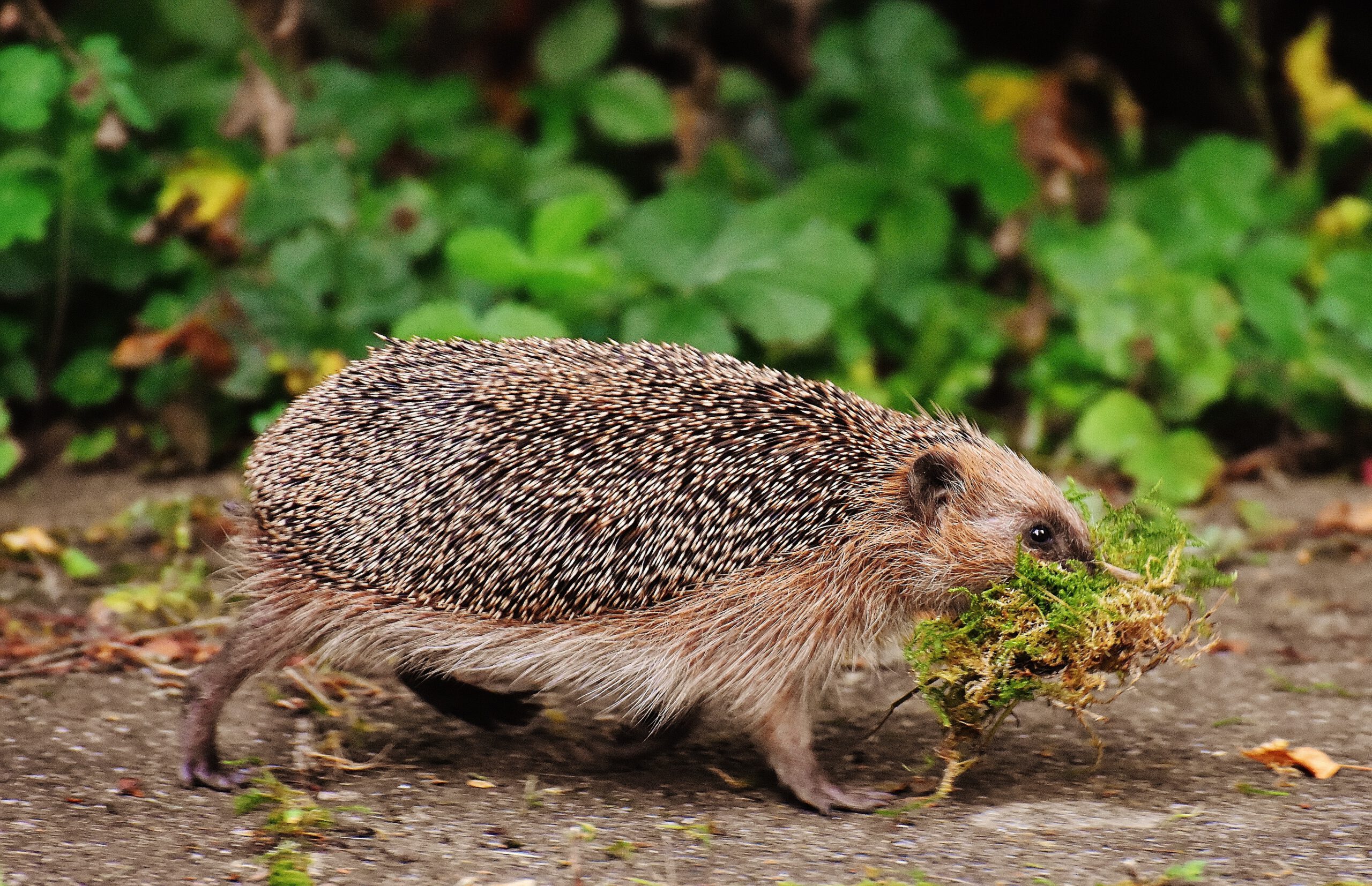Final conclusion field research European hedgehog 2023
Hoogeveen – The Hedgehog Program started field research into the European hedgehog in 2023, specifically asking in which parts of the municipality the species is more and less common. The latest data from this research has now been analyzed and it has emerged that field research will continue to be conducted over the next four years to get a better picture.
The European hedgehog has been having a very difficult time in the Netherlands for years. This is partly due to construction work and the drastically low numbers of insects in recent years. Large areas of greenery are disappearing due to construction work, causing nature in cities to become increasingly fragmented and animals can no longer easily move from one area to another in search of food and shelter. This applies to birds, insects and therefore also to the European hedgehog, which we like to see in the garden.
Over the entire year of 2023, The Hedgehog Program has therefore conducted research into the places where the hedgehog is most common in the municipality of Hoogeveen. Physical field research was used for this, but visual reports from redactie.nl and reports passed on via social media were also included. In some cases, the presence of hedgehogs has also been examined – with permission – in residents’ gardens. At places where hedgehogs have been reported, the vegetation in the area and possible ‘migration routes’ between the reporting sites and city parks, nature reserves or agricultural areas were also examined. Interesting conclusions have been drawn from this.
Oude Kene as a food and rest area
The Oude Kene nature reserve is a well-known area for the Grass Snake, with the breeding grounds maintained by IVN Hoogeveen. But the area also appears to be an excellent feeding and resting place for the European hedgehog. The easy access to water, the rugged nature and the access to the Kinholtsbos are good conditions for the European hedgehog to quietly look for food, make nests and even hibernate. With the presence of numerous bird species, reptile and amphibian species and insects, the area provides such a stable base for the hedgehog that adult hedgehogs with 2-4 young have been regularly reported and seen in the area during field research throughout the season.
Kinholtsweg as ‘migration route’
The reports in the Steenbergerpark and the residential areas of Kinholt, Trasselt, De Weide and the Schutlanden are also striking compared to the reports elsewhere in Hoogeveen as a city. And this may be due to the function of the Kinholtsweg as a migration route for hedgehogs from the Oude Kene or from the Steenberger Park. European hedgehogs can travel about 4 kilometers per night and hedgehogs that are looking for a new habitat can make good use of the long green strips along the Kinholtsweg to the Steenberger Park and then – or in between – move into the residential areas. Hedgehogs are real routine animals that do not quickly deviate from a walking route if they find enough food along it and the Kinholtsweg offers a good opportunity to migrate between two areas with plenty of food supply, water and shelter.
Pesse
It is also striking that Pesse is the only rural village that several reports have been made. This may be due to the so-called ‘perception effect’. The outer villages are all predominantly green and therefore easy for a hedgehog to traverse, with the exception of a few busy main roads. The fact that several reports have been made in Pesse may be due to the pre-announced field research in the village and the awareness of people to pass on reports.
Field research continues
Because too few reports have been made in this first year, few real conclusions can be drawn. That is why The Hedgehog Program has decided to continue monitoring for at least the next four years, in order to be able to conduct the research in five years’ time. This also indicates that more is being done to create awareness among people. Media reports play a part in this, but there will also be public field research evenings, night walks and other events and projects.
Night walk with field research
On April 29, a night walk with field research will be held in collaboration with IVN Hoogeveen. This evening starts at 10:00 PM at the parking lot at the Oude Kene and ends at 1:00 AM at the latest. During the night walk, you will be told about the work of a researcher and active field research will be conducted in the area in a fun way. Permission for this has been obtained from Landschapsbeheer Drenthe, which manages the area. Registration is required, participation is €10 for non-members of the IVN and €5 for members of the IVN, and full is full! There is only room for a maximum of 15 people. Click here for more information about the event.
Night walks through Hoogeveen
From April 29, a night walk through Hoogeveen will take place every Monday evening from 10:00 PM. Only the night walk on April 29 includes extensive field research, the other evenings only involve sight reports. These night walks last about an hour per evening. Because the starting location can differ every evening, it is best to keep an eye on the website of The Hedgehog Program. Registration for these evenings is not mandatory.
Will you help?
You can continue to help with this field research into the European hedgehog in Hoogeveen for the next four years. Are you already a member of fout.nl? Your reports will then automatically be included in the investigation. You can also submit sighting reports via What’s App to 0621144970 or by email to info@hedgehogprogram.com or by sending a message via The Hedgehog Program’s Facebook page.




